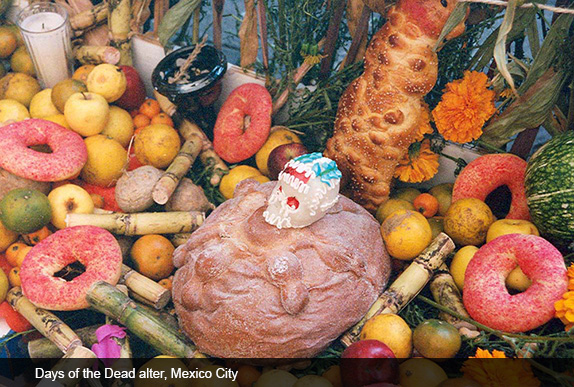
I
From the remote beginnings of human life on earth, scholars have traced our “progress” in all sorts of areas. I put the word progress in quotes because I want to talk about food. We have certainly progressed in many aspects of our lives, but there is disturbing evidence that we have not done so in terms of what we eat. The advent of agriculture probably changed our lives more than any other achievement. Just imagine what might have happened if, instead of chasing profit, agribusinesses from the largest conglomerate to the smallest family farm had prioritized healthy eating.
Although we have traveled a long way from our hunter/gatherer ancestors, who foraged for and trapped what they could find to assuage their hunger, in important ways we eat less healthfully today. Around the world, master chefs develop exotic dishes at exorbitant prices. But genetic seed modification and cross-pollination, over-processing, colorants, pesticides, and the chemical additives that fill our fast foods are contaminating and stripping what we eat of its nutrients.
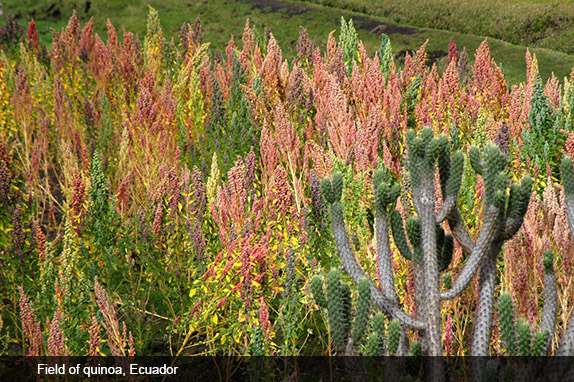
Over time, the vitamins and minerals have been bred out of many foods. Shelf life and an appealing look have taken the place of their original properties. It is much more important to corporate America’s bottom line that a food product survive long distance shipping than it is that we consume what will keep us healthy.
Obesity is now the number one killer of people in this country. Recently the American Medical Association listed it as a disease, deserving of the research funding allotted other ills such as cancer. The offshoots of obesity—diabetes, high blood pressure, heart conditions and the like—kill hundreds of thousands of people each year, and cost our broken healthcare system millions in unnecessary expense.
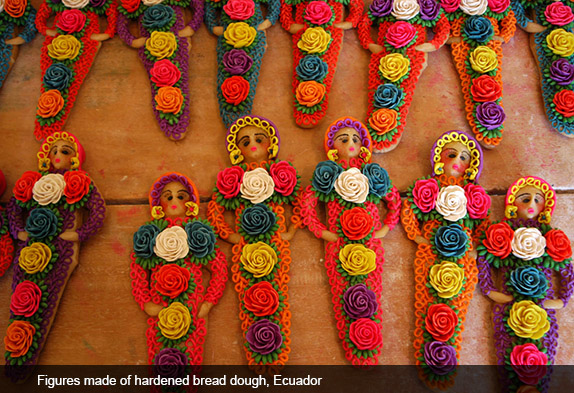
We all enjoy the astonishing variety of food cultures. We may be fortunate enough to visit Bangkok, Thailand, where tiny coconut-filled buns melt in our mouths. We may have been to Oaxaca, Mexico, where the best mole (a rich brown sauce that combines peanuts, sesame seeds, and 17 different types of chile) is made. If we aren’t that fortunate, our experience of Thai—or Mexican, Indian, French, Italian, Chinese, Peruvian, or dozens of other world-famous cuisines—may be limited to a local restaurant. Whichever the case, the tastes of foreign foods (and regional dishes in our own country) go a long way toward helping us understand and appreciate other cultures. So much of how a people contemplate life and live it in the everyday resides in what they eat and how they prepare it. I can’t forget working in the high Andes of Peru, where people share meals from a common dish; or the satisfying breakfasts of sticky rice wrapped in banana leaves I enjoyed in North Vietnam during my fieldwork there in 1974.
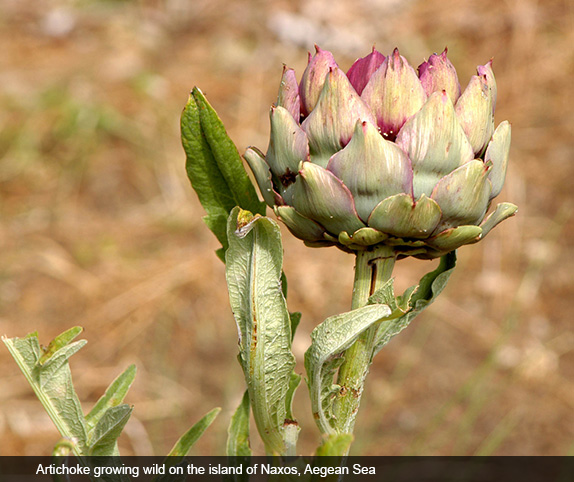
Modern farm subsidies, labeling, meat processing practices, agribusiness and political manipulation of food imports, however, skew the ways in which we relate to food. Mexican novelist Laura Esquivel may have said more than she intended when she wrote: “If we return to the cosmic, we Mexicans are children of the maize, and people in the United States have eaten enough popcorn by now to be counted as kin.” Esquivel was talking about cross-border familiarity and friendship. I read her words as symbolic of the US penchant for taking real food and turning it into something quick, jazzy, and devoid of nutritional content.
Indeed, communities throughout the world claim to be children of maize, or corn. Here in the Southwest, we thrill to the sight of a pile of corncobs chewed clean by our Ancestral Puebloan forebears 800 years ago. Many Indian tribes today believe they were born of the Corn Mother. The corn stalk, with its beautiful green leaves, silken tassels, and healthy ears, is a symbol of fertility to many. But in recent years, Monsanto and other US-based multinational corporations, have decimated corn reproduction. By genetically modifying the plant, these scientific Svengalis, aided by the wind that carries the altered seed everywhere, have made sure that only their seeds and their pesticides can be used for generations into the future. In India, over the past couple of decades, dozens of farmers have committed suicide because they have lost a tradition of planting and harvesting that has been their legacy for all remembered time.
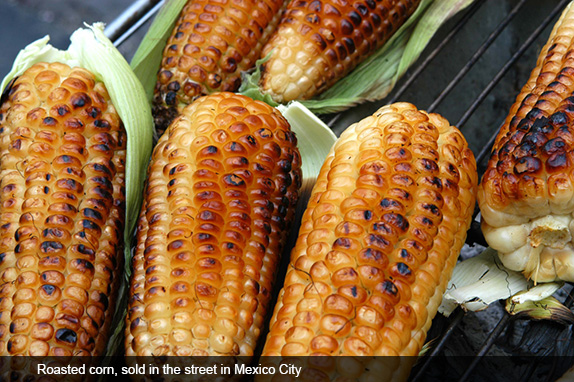
But even in less dramatic circumstances, corn has led the way in the erasure of vitamin content. The real nutrients reside in the old multicolored Indian corn, now almost exclusively sold as a table decoration. As a commercially conditioned public demands sweeter corn, the ears have been bred whiter and whiter—substituting sugar for those properties that for thousands of years sustained people for whom corn was their main staple. An interesting aside: the Maya people of Mesoamerica knew that if they ground corn alone, they would suffer from pellagra. They added lime to the mix, and assured their health for generations. We are clearly less interested in human health than were a people many call “primitive.”

Food, in the United States, is no longer primarily nourishing or wisely medicinal. Or even creative. It is temptation, addiction, ostentation, and corporate manipulation. In only a minority of our schools have lunches been improved to include fruits and vegetables, and minimize fats and sugars. Most schools still have soda machines lining their halls, from which young people consume the popular soft drinks that decay their teeth and increase their chances of suffering early onset diabetes. When a few months back, New York City’s Mayor Michael Bloomberg proposed downsizing soft drinks sold in the city, the uproar was immediate: many perceived him as impinging upon their individual rights.
Fast food loaded with sugar and fat is the staple of the American diet, especially for the growing segment of the population that must resort to McDonalds and similar chains to feed their families. A Big Mac, at close to 600 calories (add cheese, ketchup and fries, and the calorie count goes up), can be had for $3.57. That’s the price of one sweet bell pepper at a gourmet market. Those who urge a mother on food stamps, and with a family to feed, to “buy healthy” have no idea how unrealistic that is.
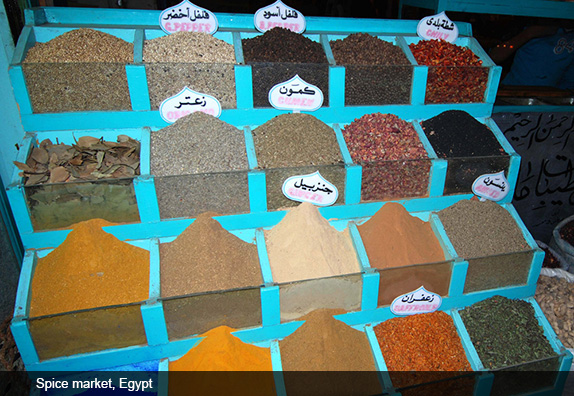
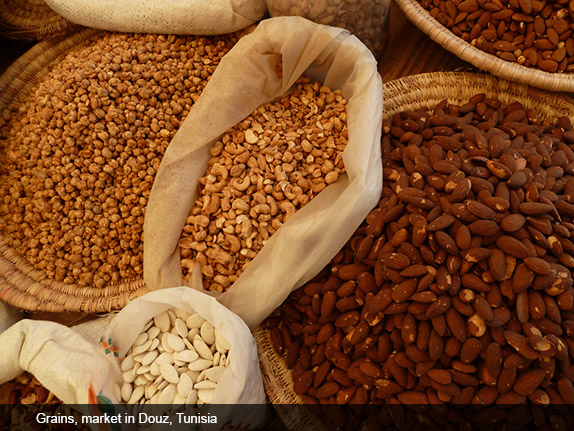
Commercial advertising on US television today takes up almost as much time as the program it interrupts. Even if we mute the seductive voice, we see endless images of stuffed-crust pizza and slow churned ice cream. Such commercials are often followed by ads for Weightwatchers, gastric bypass surgery, or one of the many unproven (even dangerous) diet plans. The fit young man or woman on the screen gives us the sense we can chug down all the garbage we want, and that fifteen minutes a day on an exercise machine we are coerced into buying will even it all out. It is a dizzying (and disgusting) barrage of mixed messages.
We are playing with fire. I won’t deny that I am intrigued by many of the new interpretations of food and eating: vegetarianism, veganism, raw food, farmer’s markets, buying local, consuming smaller portions, and so forth. And I am among the fortunate. My income allows me to make choices. Still, I am not immune to the occasional overly rich restaurant dish or super-sized dessert. The media message affects us all.
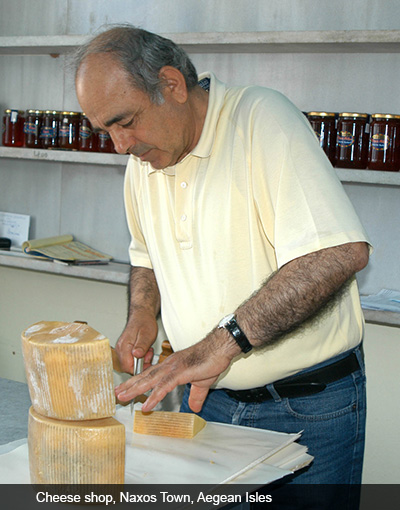
II
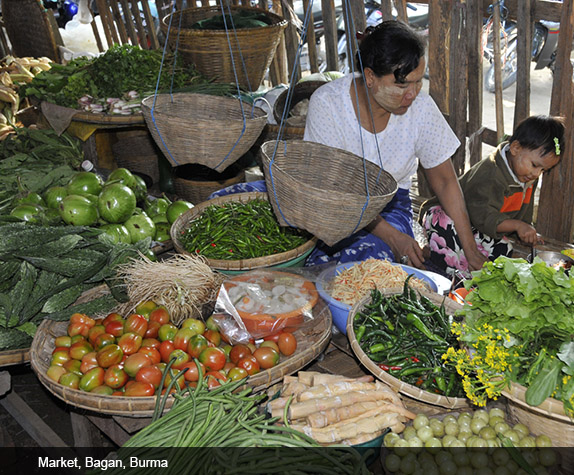
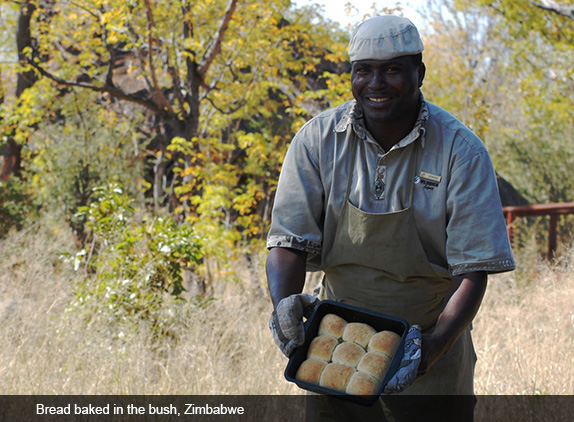
As a woman who raised four children and now enjoys ten grandchildren, and as a longtime feminist, I am also more than a little interested in women’s relationship to food. In 1995 I wrote a book of poems called Hunger’s Table: Women, Food & Politics. It was published two years later by Papier Mache Press, a small house that soon after ceased to exist. The book was remaindered. I bought a couple hundred copies for pennies on the dollar, and have them in storage.
All the poems in Hunger’s Table function as such, and simultaneously as recipes. During the book’s brief run, I read from it in restaurant venues where enthusiastic cooks prepared some of the recipes for audiences always excited to share their own recipes or tell their personal food stories. Food and women, women and food: it is a duo laced with joy, fraught with anguish, and complicated by the ways in which patriarchy has burdened women in every society.

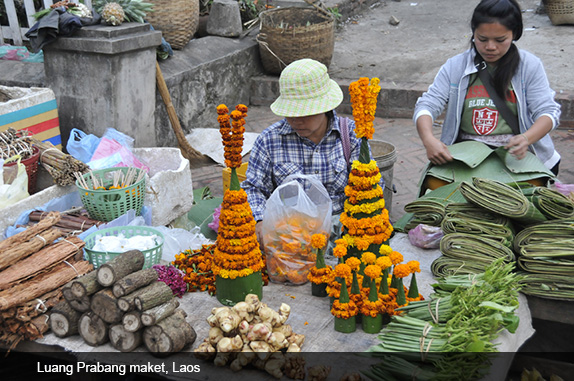
In my introduction to Hunger’s Table I wrote:
The sometimes nurturing sometimes uneasy place we make for food in our lives, and the prohibitions and demands that enter us like poison-tipped arrows, shot from the patriarchal bowstring [often produce] unresolved conflict, more painful or contradiction-filled than we are able to articulate . . .
How do we assimilate the bombardment of images: a skeletal child whose deadened eyes and pleading hands reach toward us from countries so distant to our experience… the Weight Watchers’ silhouette, repeatedly straining against desire or even need… a commercial for stuffed-crust pizza followed by one for an exercise machine guaranteed to flatten that tummy or slim those thighs. Looking back to a time before written history, men are referred to as hunters, women as gatherers. The implication of such separateness continues to define who each of us learns to be. Yet there is something wrong with the succession of assumptions. Food gathering in pre-agricultural times was hunting. Women’s relationship to what nurtures successive generations remains misunderstood, off balance . . .
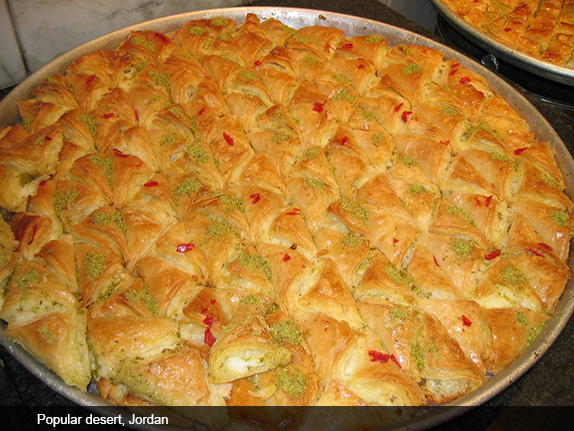
In the Unites States, as recently as the turn of [the twentieth] century, food was synonymous with home for the vast majority of women. For Black women, that home frequently belonged to someone else, someone to whom they were linked by the most complex of exploitative relationships. Working- as well as middle-class men might order a drink or two at their local saloon and partake of its free buffet. Workingwomen—many of them prostitutes—were also going to bars on both sides of the Atlantic. Soon their more aristocratic sisters began to have tearooms and a few restaurants where they could eat in the company of men, but none where they were welcomed with other women, or alone.
So our foremothers shared their recipes with one another. Often written in a careful hand and passed from generation to generation, these histories are yet to be valued or even fully explored. Cooking and feeding are what we have always done. Poor women cook for others. The wealthy hire cooks. In most places today, men remain the highly respected and well-paid chefs at expensive restaurants, while we women cook for our families and for others—although what, how, and under what circumstances varies greatly from culture to culture.
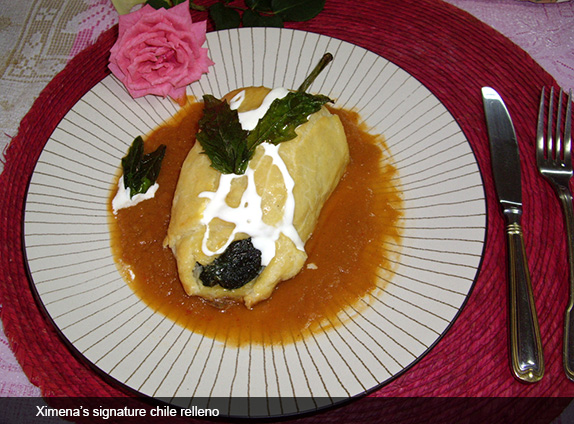
The images say a lot. A male restaurant chef appears immaculate in white, a traditional chef’s hat increasing his height, his sensational irritability almost a requisite for fame. A woman is most often portrayed wiping her hands on a soiled apron as numerous small children pull at its hem. Yet she must struggle to be ‘perfectly groomed’ and with dinner waiting when her husband returns from the world out there. In almost every language, the titles themselves describe dramatic difference: chef versus cook, temperament versus drudgery. Thus gender intersects with class, race, and geographical location, further complicating a woman’s relationship to food.

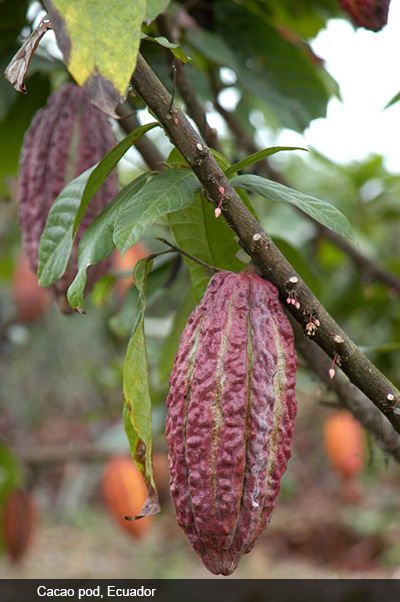
In the almost two decades since Hunger’s Table, some of what I wrote no longer holds true. More and more women today demand a different relationship to the world, including food. Still, the gender gap continues to affect the way food plays out in our lives. The image of the perfectly groomed wife greeting her husband with dinner each night has faded in rapidly changing times. But anorexia, bulimia, and other eating disorders continue to target primarily women. We are still seduced by harmful diet products and deceptive get thin fast plans, and by a powerful fashion industry that shows off body types impossible to emulate.
Girl children still want Barbie, that icon of the unimaginable measurements. The manipulation of food products continues to assault us, and women—who are overwhelmingly responsible for feeding our families—must contend with intentionally confusing labels, the mixed messages flooding us via the corporate media, and industries that up their profits by pushing unhealthy and addictive foodstuffs. And our children continue to receive daily messages that make them want the fast food that will doom them to lifetimes of ill health.
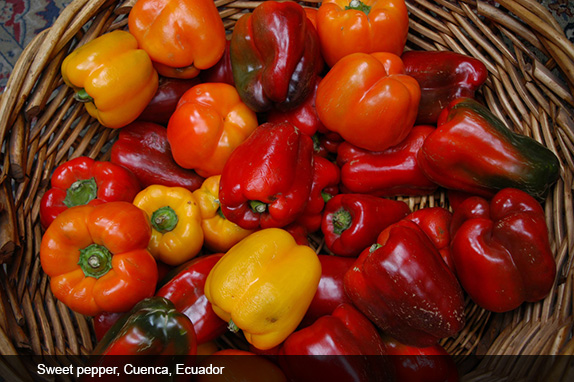
Hunger’s Table has poems/recipes that address the legacy of my own food culture and others, my mother’s and my relationship as framed by food, a dish I once prepared for my partner and the three years it took her to admit she doesn’t care for the dish or its preparation, and much else. I will close with a poem that is also a recipe for baba ghannouj, a Near Eastern blend of baked eggplant, tahini, parsley, garlic and lemon, often served with wedges of pita bread. It is called Battered Woman Surprise:
The great round purplish black eggplant
is quietly crazed in loneliness.
Not merely alone or needing space
but lonely in its full circumference.
Floating, burgundy, swollen in fear.
Prick her all over with the tines of a fork
then lay her directly on the rack
of an oven set to 400. In 45 minutes
she will shrink into herself, her polished skin
a defeated mass of wrinkles.
When cool enough to handle, scrape her flesh
to a bowl with ¼ cup sesame tahini,
lots of pressed garlic, finely chopped
parsley, salt, pepper, and the juice
from at least two lemons.
Now her blue-black sheen is gone, her fullness
barely remembered. But this delicacy
—chilled aphrodisiac—
may be scooped into a little center bowl
surrounded by Wheat Thins or melba toast.
Before serving, drizzle a bit of olive oil
across the top. Guests will enjoy
the exotic taste you share with them.
And the appetizer—improved for its own good—
will not complain.
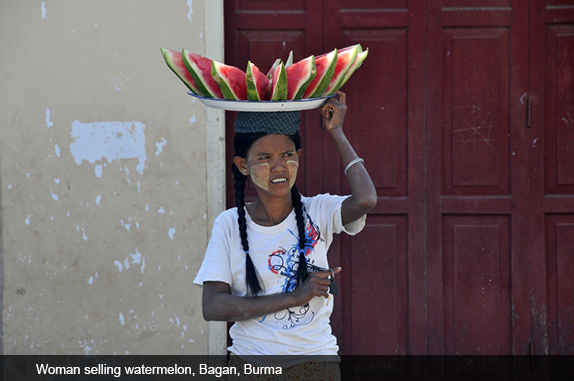

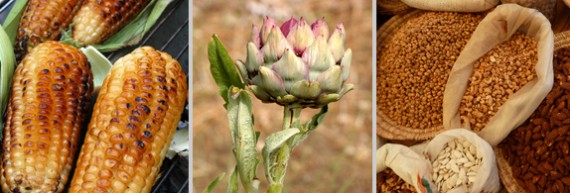


Comments closed for this entry.